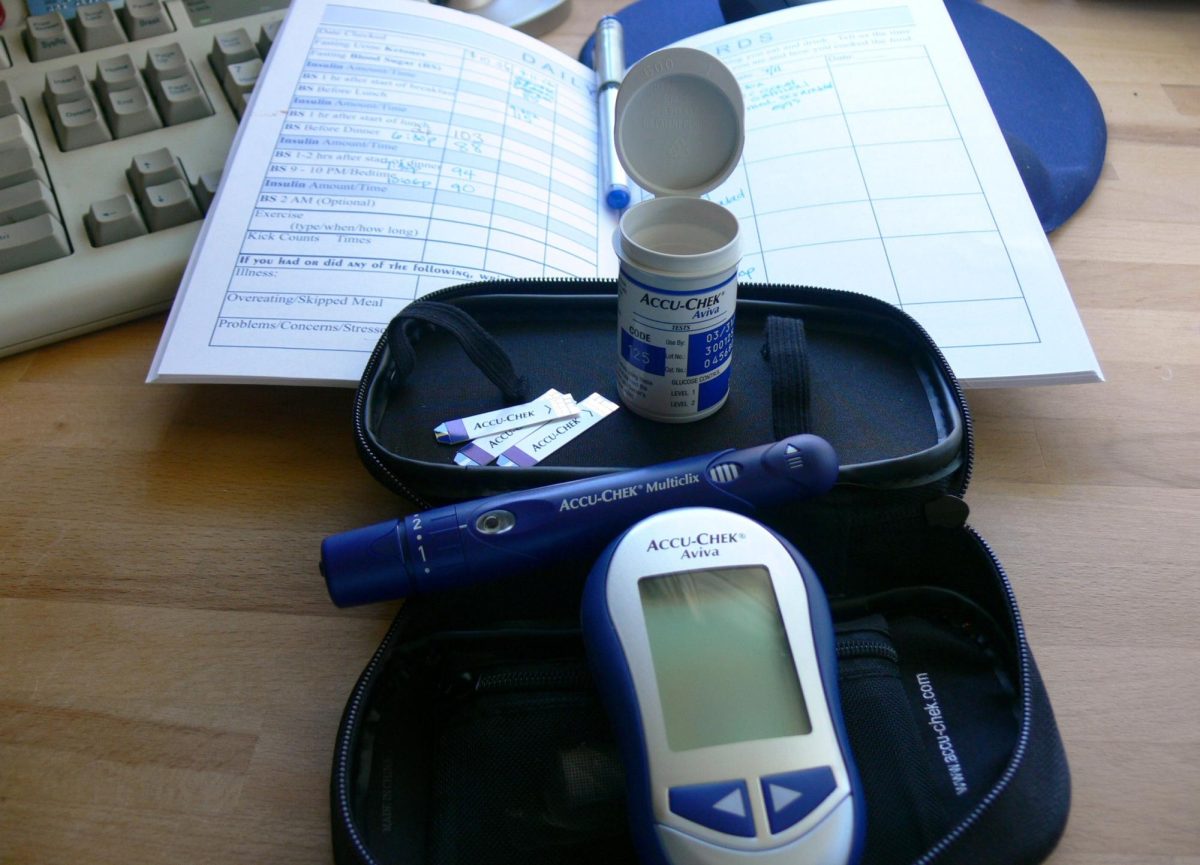Diabetes is a disease most of the population has heard of, but millions of Americans live life with the disease today.
According to the American Heart Association, in 2024 roughly 39 million adults in America are living with diabetes, and 115.9 million are living with prediabetes, which is projected to be a growing issue in the future.
While those numbers seem large nationally, the numbers in El Paso are just as concerning as a city. Nearly 15% of adult residents have diabetes, which outweighs the national average of 11.3%.
Julie Medina, a local Medical Assistant for El Paso Maternal Fetal Medicine, has seen these issues firsthand and has noticed a growing trend with the disease, particularly in Gestational Diabetes Mellites (GDM) amongst pregnant patients.
Medina expresses that roughly half of the patients seen at her local clinic have GDM.
“We often see about half of our clinic here with Gestational Diabetes, our clinic is somewhat 50% of GDM referrals for patients,” said Medina. “We have a lot of OB/GYNs here in El Paso, so I’d definitely say about half of our population that is pregnant has GDM here in El Paso, especially us being a border town, GDM has a lot to do with what we eat.”
Unlike Type 1 and Type 2 diabetes, GDM is a form of diabetes that happens during pregnancy due to a hormone produced by the placenta that affects the way the body uses insulin and typically goes away after the mother gives birth.
Although GDM is a commonly treatable disease, when the disease is not handled in the correct manner, it can pose a major risk to the parent and baby.
If left untreated, the mother has the potential to develop Type 2 diabetes, which is more severe due to its complexity and lifelong effects. According to the CDC, about half of pregnant patients with gestational diabetes go on to develop Type 2 diabetes.
In addition to the risks for the mother, GDM can also create serious issues for the baby, both immediately after birth and later in life.
“There’s more long-term risks like developing macrosomia during pregnancy, that is increased birth weight for the baby, as well as hypoglycemia which causes babies to have seizures as a newborn,” said Medina. “Pre-term labor can also occur while having GDM during pregnancy, children also have increased chances of having Diabetes Type 2 later in life, giving them more health problems.”
These risks show the importance of keeping up with one’s health during pregnancy. While many of these complications can pose a serious threat, Medina emphasizes that with proper care and intervention, the impact of GDM can be reduced.
“Women would need to live a very healthy lifestyle as well as needing to exercise to help maintain the disease,” said Medina.
When maintaining or preventing GDM during pregnancy, it ultimately comes down to the lifestyle choices of the mother, which includes the diet, physical activity and water intake.
“Some efforts that are being done to help patients with GDM is referring them out to Nutritionist and Dieticians to help patients understand what they can and cannot eat, setting up meal plans and referring them to classes that can help them start working out more as to walking, or running,” said Medina. “Exercising on a regular basis, having a low-fat high fiber diet and drinking lots and lots of water (helps prevent GDM).”
Helping patients maintain a healthy weight before pregnancy will also reduce their chances of developing GDM during pregnancy.
As November is recognized as National Diabetes month, it serves as an important reminder about the growing rate of diabetes across the country, and the impact that it has made on communities like El Paso.
Iziah Moreno is a staff photographer and may be reached at [email protected]







